




Using an Industry-ready AR HMD on a Real Maintenance Task: AR benefits performance on certain task steps more than others
Andrew Pringle, Abraham Campbell, Stefanie Hutka, Alberto Torrasso, Colin Couper, Fabian Strunden, Jan Bajana, Kamil Jastrz\k ab, Ralph Croly, and Rob Quigley.
Using an industry-ready ar hmd on a real maintenance task: ar benefits performance on certain task steps more than others.
In Adjunct Proceedings of the IEEE International Symposium for Mixed and Augmented Reality 2018 (To appear). 2018.
[BibTeX▼]
Abstract
This paper presents a novel evaluation of an industry-ready HMD for delivering AR work instructions in a real-life, industrial procedure for novice users. A user study was performed to examine the potential benefits and limitations of a dynamic 3D virtual model and AR text instructions, delivered through an optical see through HMD, for training users in a new industry procedure (i.e., Yaw Motor Servicing of a wind turbine). Measures of task accuracy and completion time were used to evaluate the performance of one group of mechanical engineering students performing this procedure for the first time guided by AR compared to a second group performing it using a tablet-delivered instruction manual. Results showed AR improved accuracy but not speed of task completion. AR significantly increased accuracy on one specific task-step in the procedure, namely measurement of a thin air gap (see figure 1, left panel), but also showed limitations with other task-steps not benefitting or even being slowed down by AR (see figure 1, right panel). Findings speak to the importance of incorporating an analysis at the level of individual task steps in order to fully evaluate AR work instructions.

















